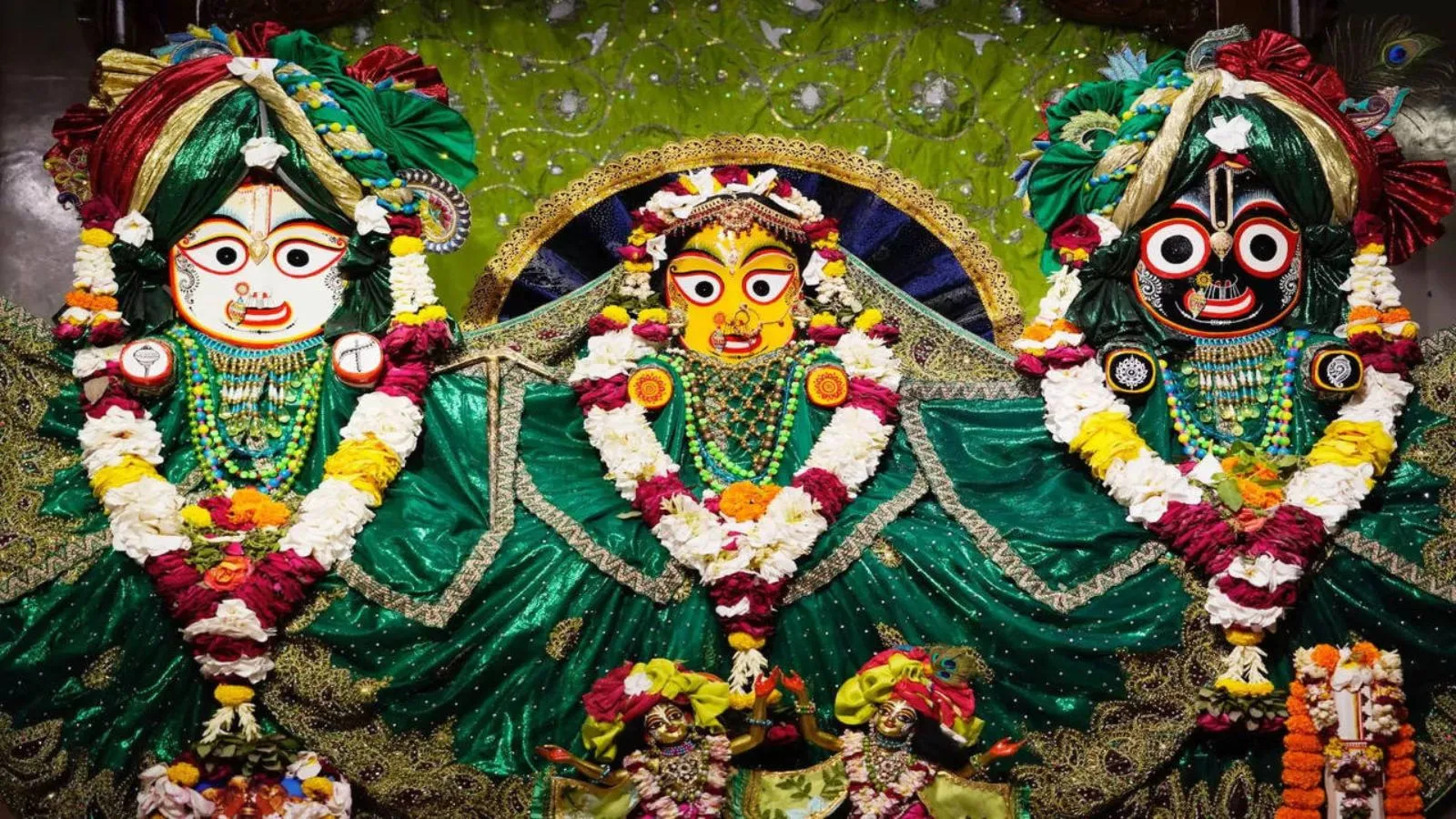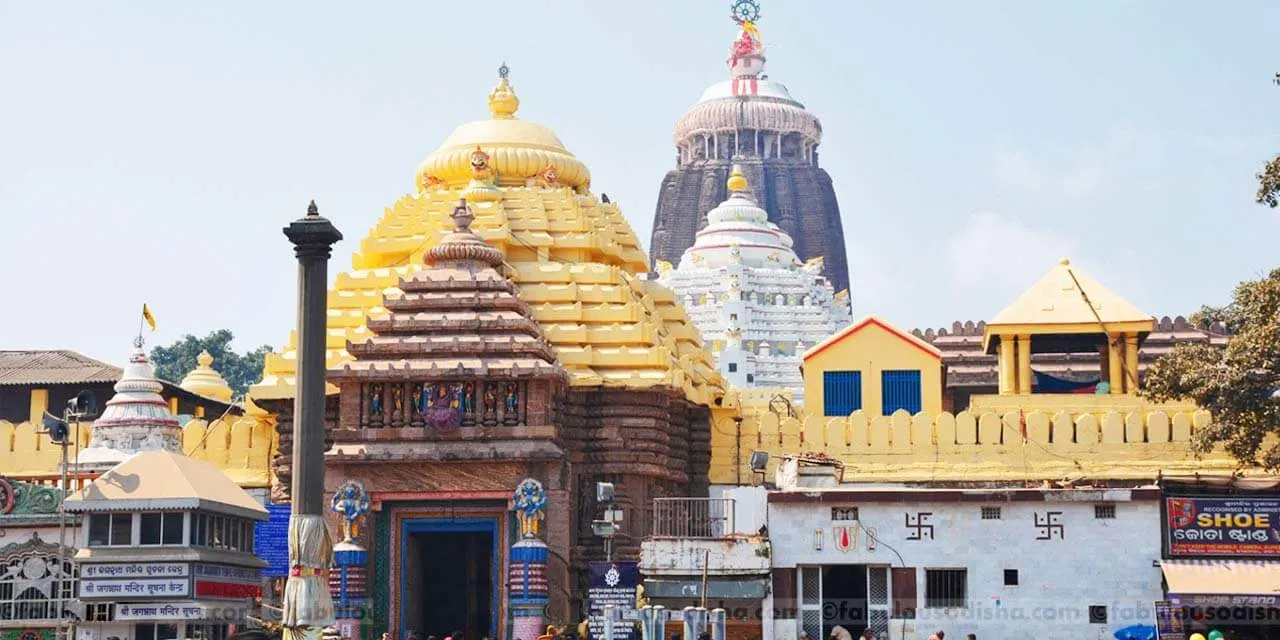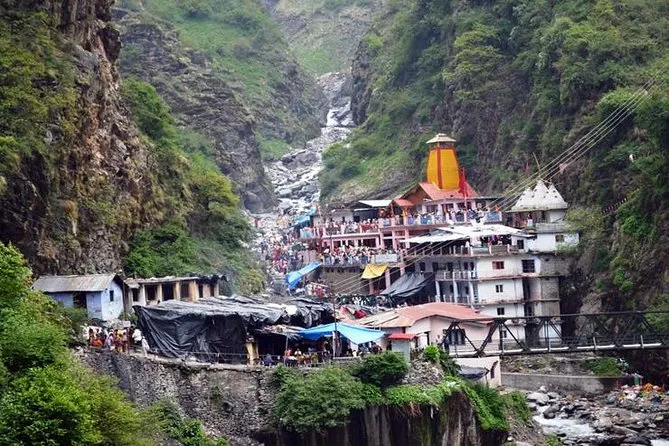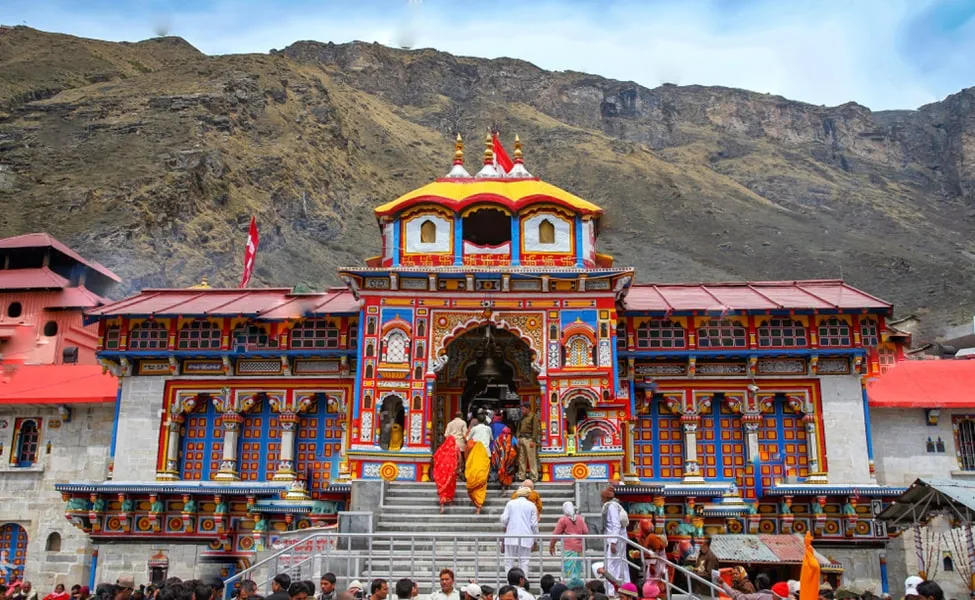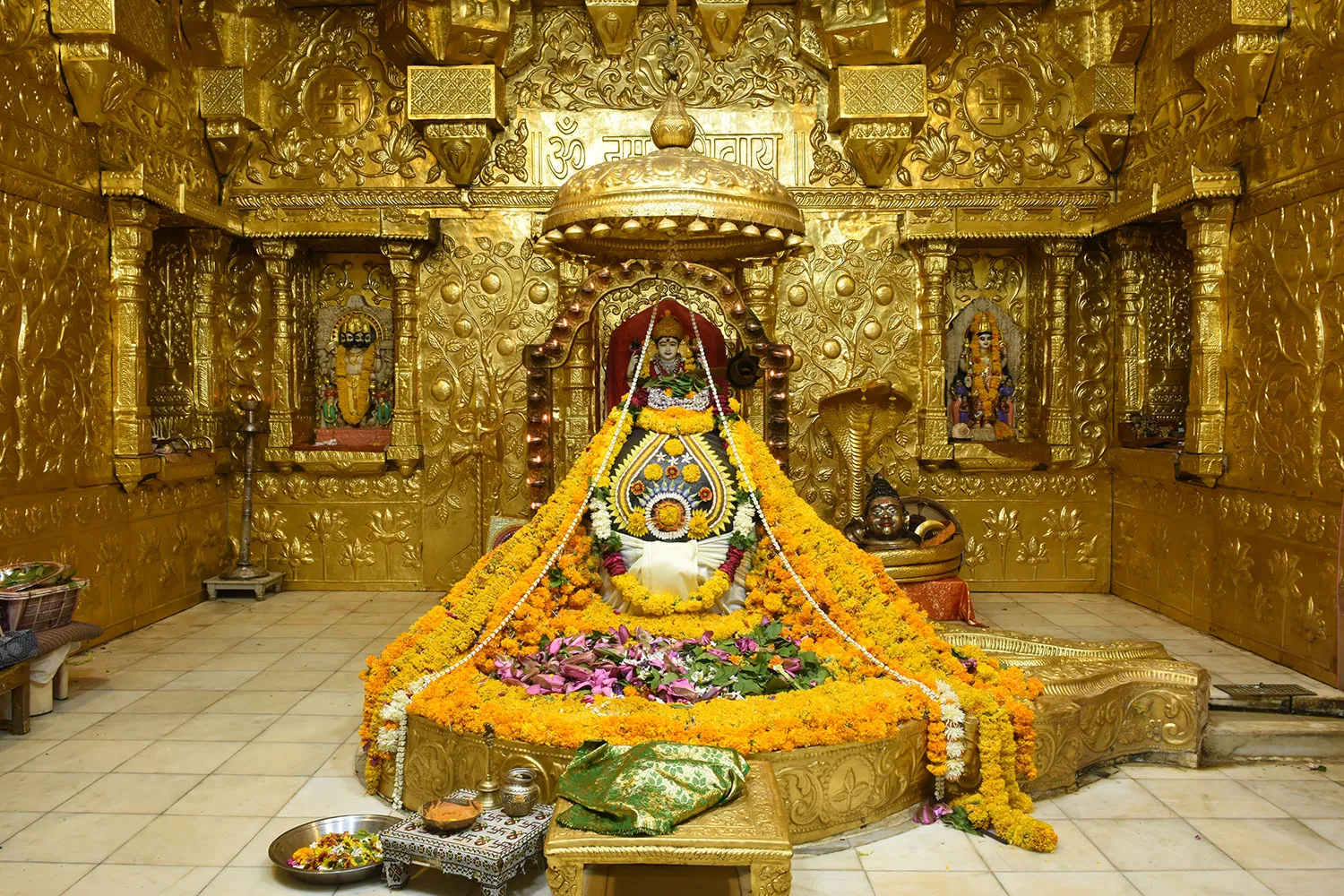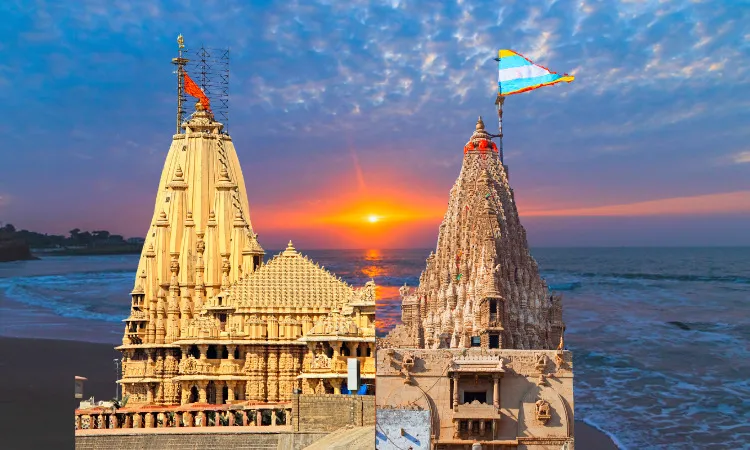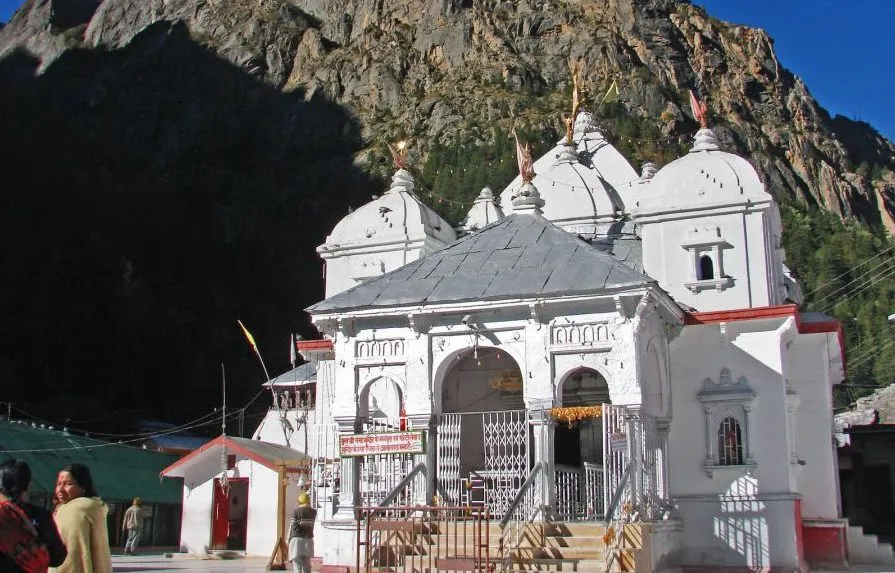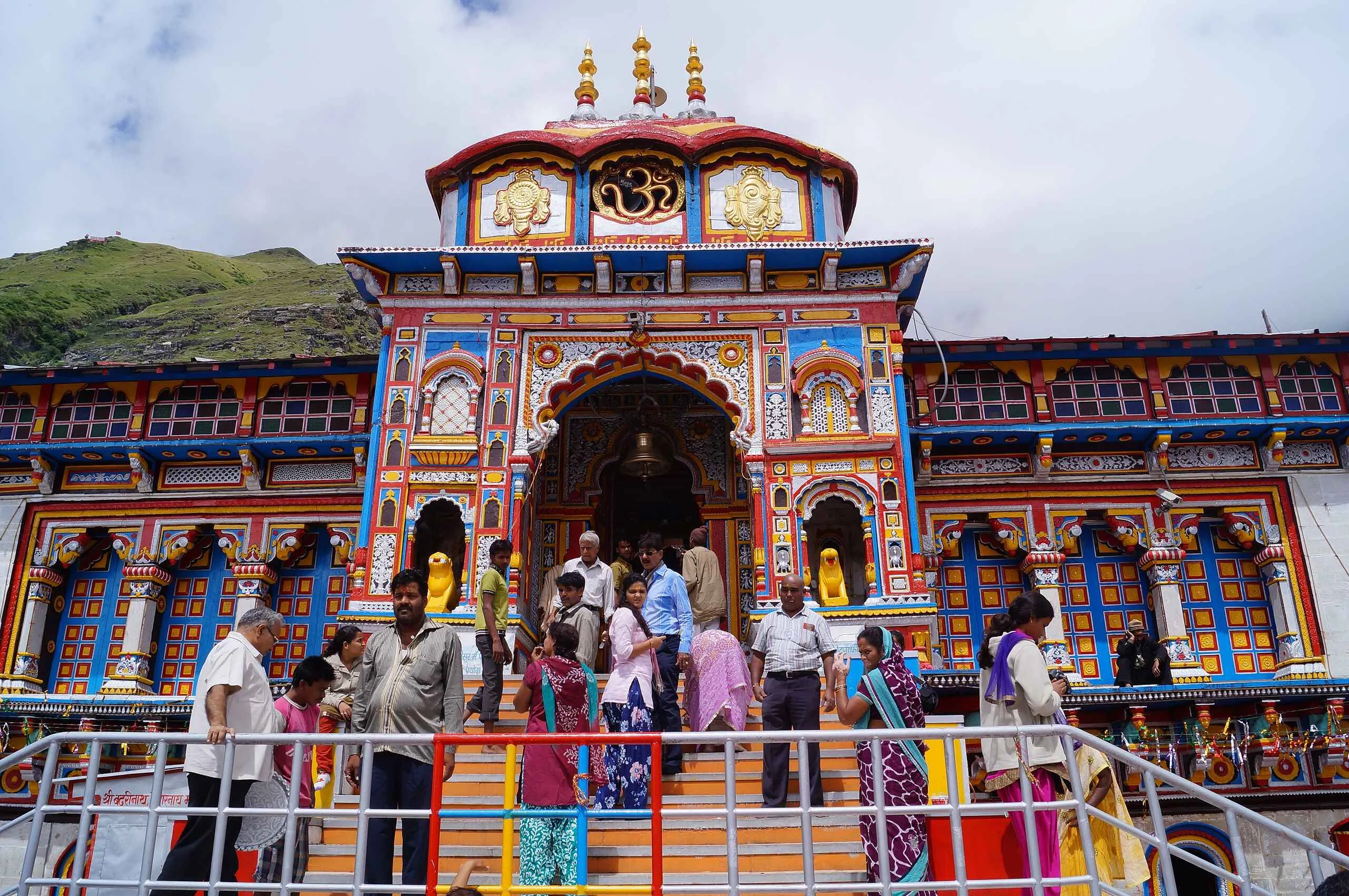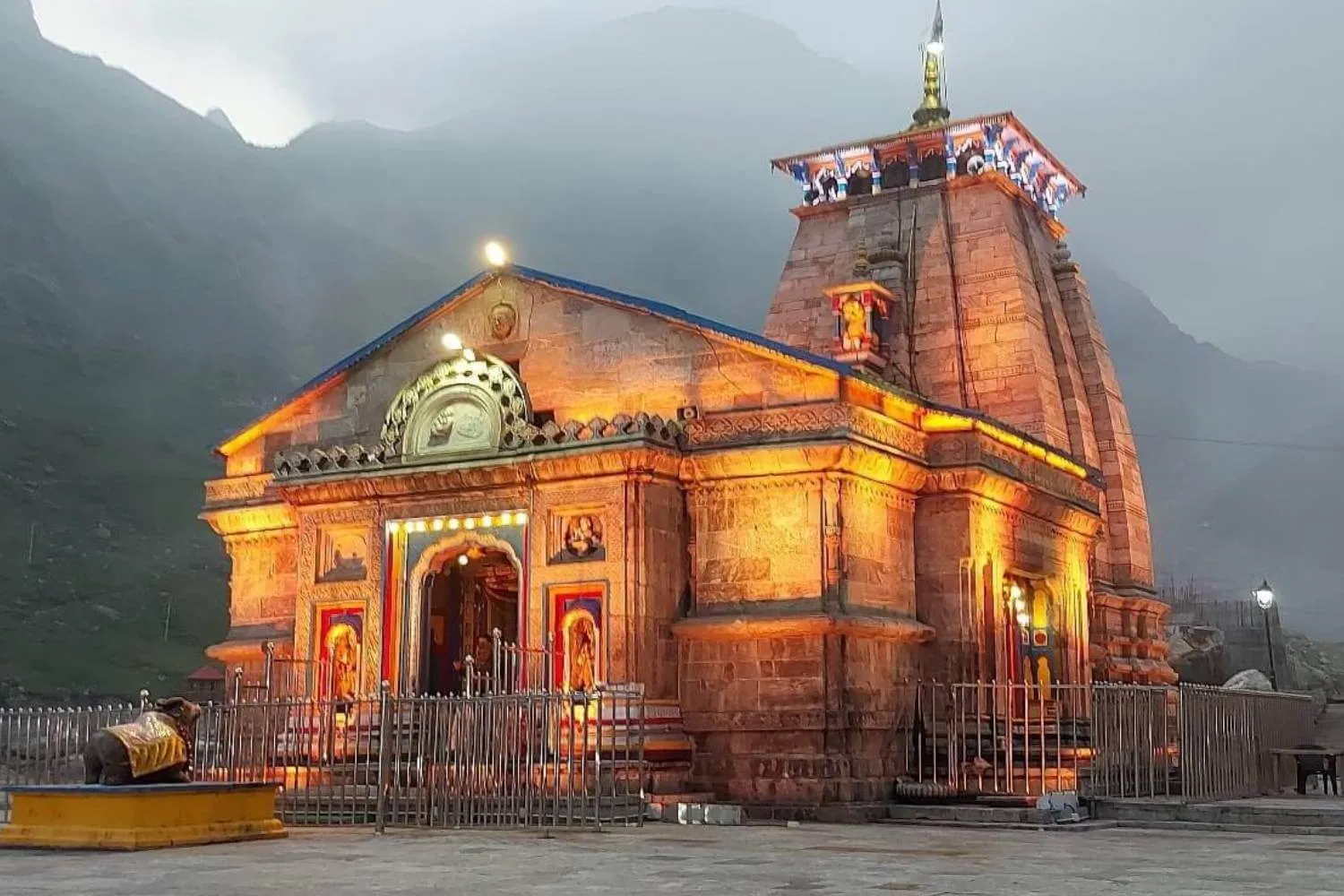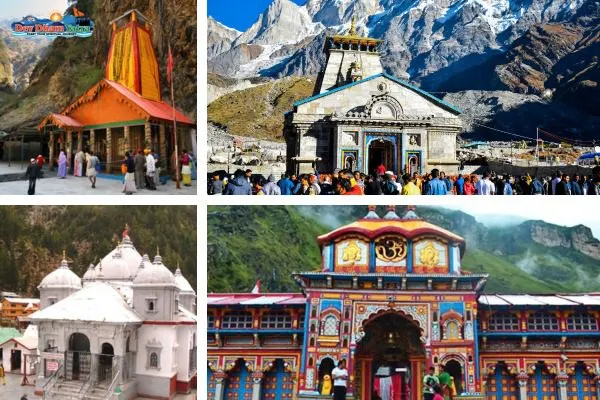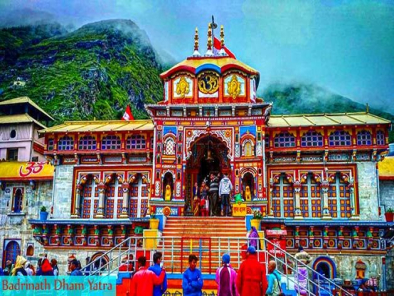
Posted by: Akhil
Best Time to Visit Badrinath: A Seasonal Guide
Badrinath, a small yet sacred town in Uttarakhand, is a destination that calls out to travelers throughout the year. While some places remain open year-round, others, like Badrinath, have a limited window of accessibility. The Badrinath Temple, the town's crown jewel, remains closed during the harsh winter months but comes alive in the summer, offering a divine and breathtaking experience.
The best time to visit Badrinath is during the warmer months when the weather is pleasant, and travel is easier. However, for most of the year, the region remains cold, with snowfall covering the landscape. The average temperature hovers around 18°C, creating a refreshing atmosphere in summer, while winters bring icy conditions and heavy snowfall.
Beyond its spiritual significance, Badrinath offers stunning natural beauty, with nearby attractions such as Charanpaduka, Vasudhara Falls, Bheem Pul, and Brahma Kapal. The town's altitude may leave you breathless, but it’s not just the elevation—it’s the sheer wonder and serenity of the place.
Now, let's explore the different seasons in Badrinath and what to expect during each.
Badrinath Weather in Summer (April – June)
Temperature: Highs of 29°C, lows of 19°C
Atmosphere: Summer in Badrinath is pleasantly warm, making it the best time to visit. The sun shines brightly, and the absence of snow makes it easier to explore the region. Temperatures can drop to 8°C at night, so carrying some warm clothes is advisable.
Highlights:
- The Char Dham Yatra takes place during this season, attracting thousands of devotees.
- The temple remains open from April to October, but summer sees the highest number of visitors.
- The clear skies and warm temperatures make it ideal for sightseeing.
Travel Tips:
- Even though it's summer, pack some woolens for the chilly nights.
- Due to the Char Dham Yatra, accommodation fills up quickly, so book your stay in advance.
Badrinath Weather in Monsoon (July – September)
Temperature: Highs of 27°C, lows of 20°C
Atmosphere: Monsoon in Badrinath brings heavy rainfall, leading to frequent landslides and roadblocks. The wettest months are June and July, while September sees reduced rainfall, making it a better time to visit.
Highlights:
- The Badrinath Temple remains open until October, but travel during peak monsoon can be risky.
- The lush green surroundings after the rains enhance the beauty of the region.
Travel Tips:
- If you plan to visit in September, the weather is more stable, and the temple is still open.
- Be prepared for unpredictable rains—carry raincoats, trekking shoes, and waterproof clothing.
- Stay updated on landslide warnings before planning your journey.
Badrinath Weather in Winter (October – April)
Temperature: Highs of 25°C, lows of 6°C
Atmosphere: Winter in Badrinath begins in October, with heavy snowfall covering the entire region by the end of the month. The temple and roads leading to the town shut down until April due to extreme cold.
Highlights:
- The temple remains completely closed during winter.
- The town becomes inaccessible due to heavy snow.
Travel Tips:
- Avoid traveling in winter as the harsh weather conditions make it unsafe.
- Plan your trip for April onwards when the temple reopens for visitors.
Conclusion
The best time to visit Badrinath is May to June and September to October, when the weather is pleasant, and the temple is open for visitors. Avoid the monsoon season (July to August) as landslides and heavy rainfall can disrupt travel. Winter is not an option for visiting Badrinath, as the region becomes inaccessible due to snow.
If you plan wisely, your trip to this sacred and picturesque destination will be a spiritually enriching and unforgettable experience.


